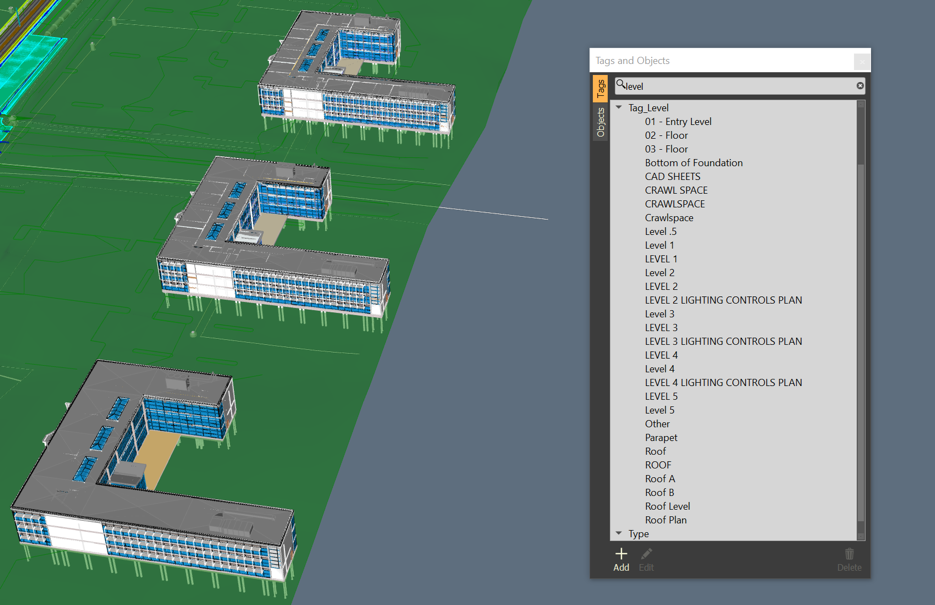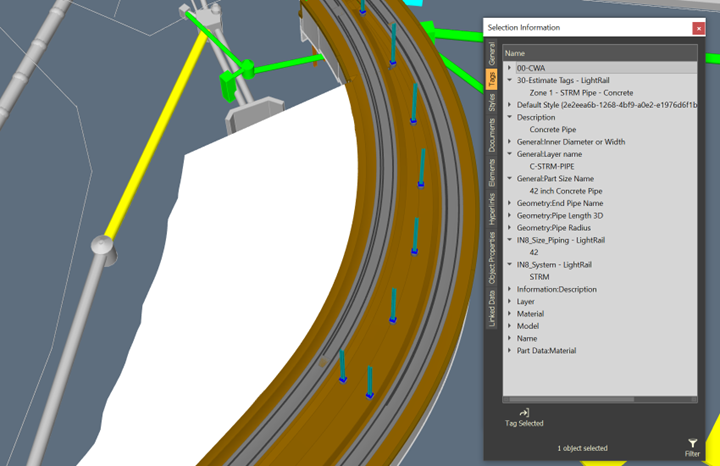Though project controls encompasses an assortment of actions and activities throughout the life cycle of a project, projects of today are not the same as yesterday. The familiar topics covered, such as cost management, virtual design and construction, planning, scheduling and risk are now more complex with additional demands. These demands touch many project aspects and require excellent visibility to ensure a successful project execution.
Today I’m going explore how virtual design and construction play an integral part in these complex projects while reducing issues in the field and clearing up often subpar communications. Let’s dig in!
What is VDC and Data Normalization?
Data normalization within VDC is simply transforming the design data into construction data. Though I say “simply,” sometimes this is no mean feat. To cleanup and normalize the design data in such a way that can be useful for construction and then for the owner is not easy. And once you have normalized the data from the first version of the design models, what about the continuous model versions? How easy is it to continually cleanup and normalize the data?
There is a lot of rich data from design models, and we want to use it to be more productive and reduce errors and effort of typing in information from design drawings to utilize for the project. When you present such inefficiencies as I have here, the next statement should be “So, then describe the perfect world.” So, here it is. I want to aggregate all my design models into one project model.
But as I interrogate the model data, I see misaligned data from the same and different design applications, which needs to be cleaned up and normalized to our nomenclature and the way I execute work.
So, to have my perfect world, I also need a way to write scripts or rules to find misaligned data and create new project data that will be used by many different processes. Throughout the project, I will also receive model revisions. So, I will use my rules that I created previously to cleanup and normalize the changed data from the design models. All of this creates an easy, repeatable process which will greatly increase the value of the transformed data into useful processes, reducing time and effort within current workflows. I can also export these rules to use in other projects to minimize or even eliminate rework.
Now that is a perfect world in utilizing design data in construction.
Examples of Data Cleanup and Normalization
In the example below, there are multiple models creating one project model. The design data has different spelling and capitalization of similar words (CRAWL SPACE vs CRAWLSPACE or Level 1 vs LEVEL 1). By selecting one or the other, it will not select all crawlspace model objects nor will it select all level 1 objects. This data needs to be cleaned up.

The next image below is brimming with examples of rich design data within the one project model, yet the data is not quite formated or broken out in the most useful ways for construction. Let’s see what we can do.

Design data Length is in inches plus it is in a text format. Neither of these are useful as-is. I need to change Length to linear feet vs inches, and I need the format to be a number so that I can utilize this data in more ways, including estimating takeoffs. Here I will “simply” create a rule to find all piping and create additional construction data Length Pipe (ft) as a number.
If we look at Description, we see technical information B36.10M, A 53 Gr. B, which is required information for the pipe fabricator. But I still need to simplify the terms for all users to understand what the material is. I will “simply” create a rule to look at Description and create additional project information data IN8_ Material = Carbon Steel.
The design model may present all the data needed for a spool number but does not present a complete spool number tag. I will again “simply” create a rule to concatenate different metadata into one spool number tag.
Another example of design model data and making it useful is to parse out data and create useable construction data. In the image below, there is design data represented as General:Layer Name with the value of C-STRM-PIPE. The STRM represents the system and I need to interact with the model data by system. Also, there is design data represented as General:Part Size Name with the value of 42 inch Concrete Pipe.

There is already broken out design data for the material Concrete Pipe but there is not stand-alone data for the pipe size. I “simply” create rules to parse out the existing data into additional data to slice and dice the model as needed.
All these situations represent just a handful of real-world examples. There are many more instances of rich design data moments that could use a little TLC to transform them into data useful to both contractors and owners. The main takeaway? These processes can be and should be rule-based so that they may be easily reused on design iterations and copied to other projects.
Extending the model into other project control areas
Now that you have transformed your design models into one construction project model through data cleanup and normalization, why not take the time you’ve already invested and gain even more without extra work or redoing what you have already developed?
The normalized model data can be extended into other project controls areas, such as project cost management (model-based takeoff), planning scheduling and risk (model connected to advanced work packaging), field execution (model providing the visual of claiming and/or validating work executed), document management (link your document to the model), and much more.
Ideally, the activities I’ve mentioned should be done in the same model-aggregated software as opposed to pushing your project models into separate-model aggregated software to execute these different aspects of project controls.
Ready to take a deeper dive? Download the full report here, then schedule a one-on-one consultation to find out how InEight can help you succeed in your construction digitalization and modeling journey.
Sign up for our monthly blog newsletter today and stay up to date on the latest industry news.




